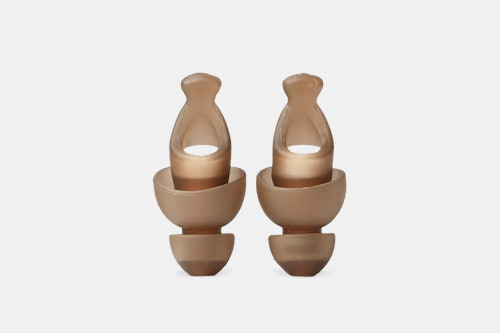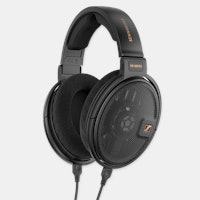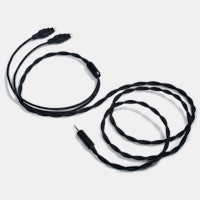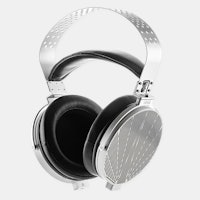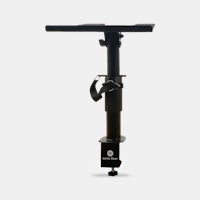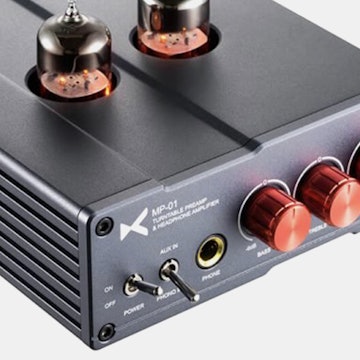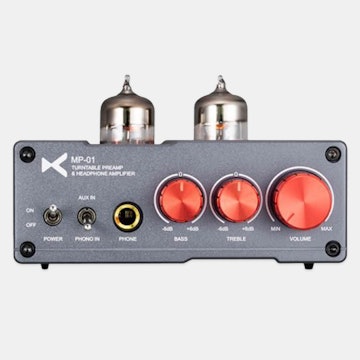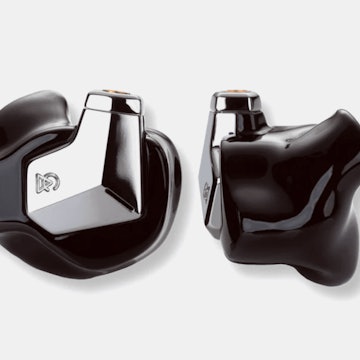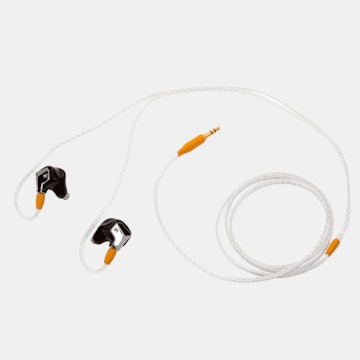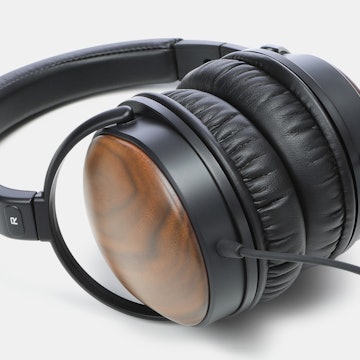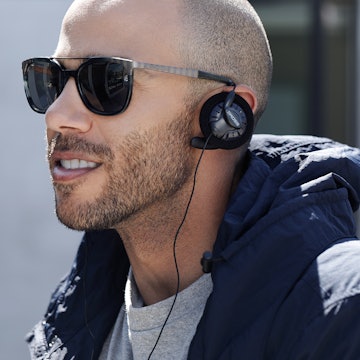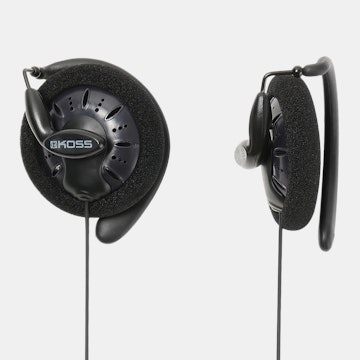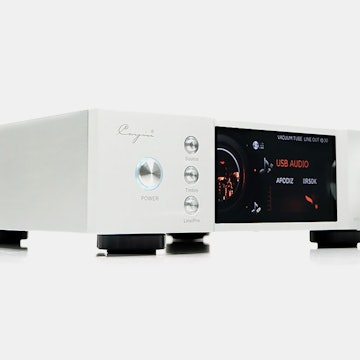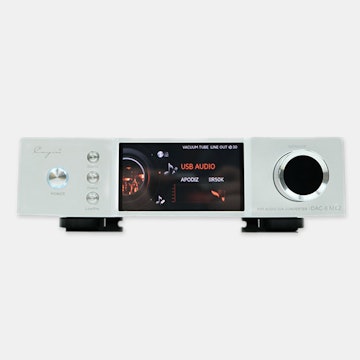Click to view our Accessibility Statement or contact us with accessibility-related questions











EarFirst T23 High-Fidelity Earplugs
EarFirst T23 High-Fidelity Earplugs
bookmark_border
Where's the price?
To negotiate the best possible price for our customers, we agree to hide prices prior to logging in.
517 requests
·
1.6k Sold
Product Description
Whether you’re going to a concert or a ball game, traveling on a noisy train or plane, doing loud yard work, riding a motorcycle, or just trying to get a better night’s sleep, the EarFirst T23 earplugs offer a reliable, reusable solution. They’re made of thermoplastic elastomers (or TPE), which are nontoxic, tear resistant, and easy to clean Read More

search
close
Sort by: Newest
keyboard_arrow_down
DrummingMan
47
Feb 10, 2019
Snake oil! 23 DB is not sufficient for live performance! If you're a pro, go to your audiologist and get a professional ear mold done and pay the piper to protect your hearing! I suppose these would be fine for non-professional usage!

Schuyler
170
Feb 11, 2019
To be fair, those square cut little cylinder plugs are about as uncomfortable as wadding brown paper towels in your ear. They're also only really meant to be worn for 2-4 hours rather then a full 10 hour shift.
Calaverasgrande
1486
Mar 24, 2019
it depends on the genre of music. I am a fan of metal, punk, and industrial acts. All of which tend to the louder side. Rock, jazz, country etc all tend to stick to modest SPLs, and as you move up to higher quality venues, the SPLs actually decrease, because they have better sound systems that dont have to melt your face trying to reach the whole audience.
SoundDoc
38
Apr 23, 2018
Every earplug sold in the U.S. is required by law to have a Noise Reduction Rating (NRR) published for it and also the data used for calculating the NRR - the mean Real-Ear Attenuation at Threshold values and the standard deviations of the attenuation values for the one-third octave bands of noise centered at 125, 250 500, 1000, 2000, 3000, 4000, 6000, an 8000 Hz for a group of ten listeners as measured in accordance with ANSI S3.19 Experimenter Fit Procedure. That applies regardless of whether the earplug is intended for the occupational, recreational, or home environment. There is no legal way to have an earplug designed to reduce noise for any application that is free from this requirement. So, where are the data for this earplug?

Schuyler
170
May 24, 2018
SoundDocUnsurprisingly, you can't find a website for EarFirst. I did find a list of the attenuation ranges on the Amazon listing for it.
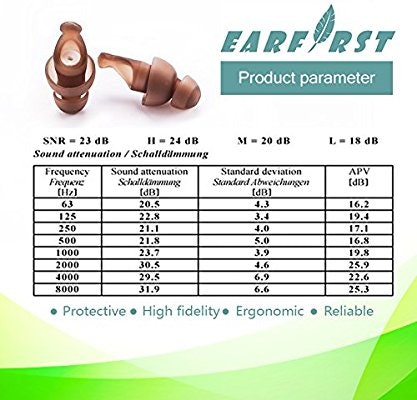

igtl314
0
Apr 23, 2018
Hi, do anybody know of the block/decrease the sound of industrial machines with the same level of sound like an angel grinder for example?

MiraCole
94
Apr 23, 2018
These are relatively flat up to 1kHz, but above 1kHz, the rolloff is substantial. ~20dB reduction under 1kHz, up to 32dB reduction at 2kHz - 4kHz. These will definitely provide an appreciable level of protection in a situation where you’re not concerned about acute hearing damage (anywhere where most people are not wearing hearing protection), but these cannot compete with higher-end high-fidelity/flat in-ear hearing protection plugs and they are about 50-75x more expensive than foam disposables that will be more effective and only slightly less flat. For $18, you can’t go too wrong, but don’t expect these to keep up with a professional product or blow away expectations compared to a disposable.
Calaverasgrande
1486
Dec 5, 2018
MiraColeHuman hearing is subject to the Fletcher-Munson loudness curve. Our hearing is most sensitive in the range from 2khz to 4khz. And falls off rapidly moving toward the lower frequencies. In order for you to hear flat with earplugs. You actually want an earplug with less attenuation of high and low, more attenuation of midrange.
Redbaaron
231
Apr 17, 2018
Out of all the earplugs I've used on my motorcycle– with and without a muffler attached– these block out noise the best without completely shutting out the street, and they are the easiest to get a good seal.

Selfish_Android
215
Mar 4, 2018
I have a question, wearing this in concerts will improve the perceivable audio quality? usually in small metal gigs what you hear is a mess compared to the actual audio file, will a pair of good engineered earplugs fix or mitigate that issue?
metis
199
Dec 5, 2018
CalaverasgrandeA line out from the amp and/or in line before it.
I guess you've never had a guitarist or bassist blow a cone on their stack, cook their amp, or both. It's a simple thing to shift to the line input with processing to emulate their rig (if needed). If you're lucky you have the room in their monitor to keep them happy. - It also allows you (with a BIG rig in a big venue) to let them get stupid loud and not have to worry about them clipping the mic signal, but still reinforce them.
I had a metal group a few decades back who supplied 4 different guitar DI feeds because it let them do some $%^&*ing weird processor fades in the FOH mix. (They brought their own FOH guy). Drummer also had a bigger Gibraltar rack than I've ever seen, including in show rooms. They were a hoot.
Simple loudness isn't an issue (although it can be). One of the best gigs I ever worked was over 112 dB at the FOH mix position about 40 yards from the stage, and it sounded outstanding. The stage topped 130 at points, I'm honestly not certain how the performers were still able to hear at all after the gig. I'm not sure what the FOH stacks were at, but I was sent up with aviation muffs on to try to figure out which box was failing, and I'm still not sure how to describe the feeling.
Showing 38 of 93
Recent Activity
